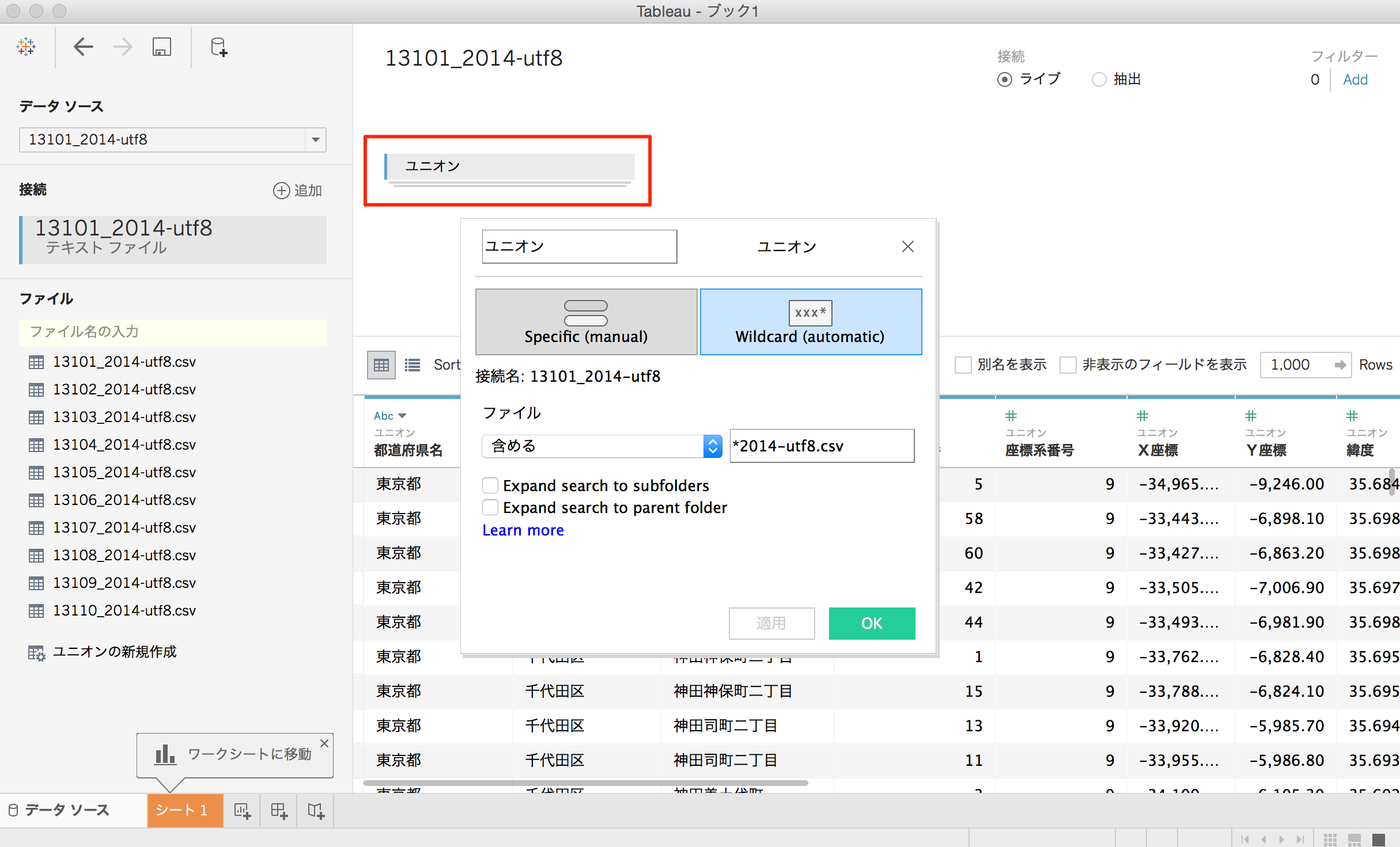


When a value in the left table doesn't have a corresponding match in the right table, you see a null value in the join results.įor each row, includes values that have matches in both tables.įor each row, includes all values from the right table and corresponding matches from the left table.

Tableau Prep supports the following join types: Join Typeįor each row, includes all values from the left table and corresponding matches from the right table. Joining early in a flow can help you understand your data sets and expose areas that need attention right away. Joining is an operation you can do anywhere in the flow. The result of combining data using a join is a table that’s typically extended horizontally by adding fields of data. Joining is a method for combining the related data on those common fields. The data that you want to analyze is often made up of a collection of tables that are related by specific fields. In the data grids below the aggregation and group profile, you can see a sample of the members of the group or aggregation.Īny cleaning operations that are made to the fields are tracked in the Changes pane. Click the group or aggregation type (for example, AVG or SUM) headings to change the group or aggregation type. The following example would show the aggregated sum of profit and quantity, and average discount by region and year of sale.įields are distributed between the Grouped Fields and Aggregated Fields columns based on their data type. For more information abut which cleaning options are available, see About cleaning operations (Link opens in a new window). Search for fields in the list and select only the fields you want to include in your aggregation.ĭouble-click a field to add it to the left or right pane.Ĭhange the function of the field to automatically add it to the appropriate pane.Ĭlick Add All or Remove All to bulk apply or remove fields.Īpply certain cleaning operations to fields. A new aggregation step displays in the Flow pane and the Profile pane updates to show the aggregate and group profile.ĭrag fields from the left pane to the Grouped Fields pane (the fields that make the row) or to the Aggregated Fields pane (the data that will be aggregated and presented at the level of the grouped fields).ĭrag and drop fields between the two panes.

#Wildcard union tableau prep plus
In the Flow pane, click the plus icon, and select Aggregate. Whether data is aggregated or grouped depends on the data type (string, number, or date). If you need to adjust the granularity of your data, use the Aggregate option to create a step to group and aggregate data. For example, you might want to aggregate sales data by customer before joining a sales table with a customer table. Sometimes you’ll need to adjust the granularity of some data, either to reduce the amount of data produced from the flow, or to align data with other data you might want to join or union together. For more information about authoring flows on the web, see Tableau Prep on the Web in the Tableau Server (Link opens in a new window) and Tableau Cloud (Link opens in a new window) help. The content in this topic applies to all platforms, unless specifically noted. Note: Starting in version 2020.4.1, you can now create and edit flows in Tableau Server and Tableau Cloud. Aggregate, join, or union your data to group or combine data for analysis.


 0 kommentar(er)
0 kommentar(er)
